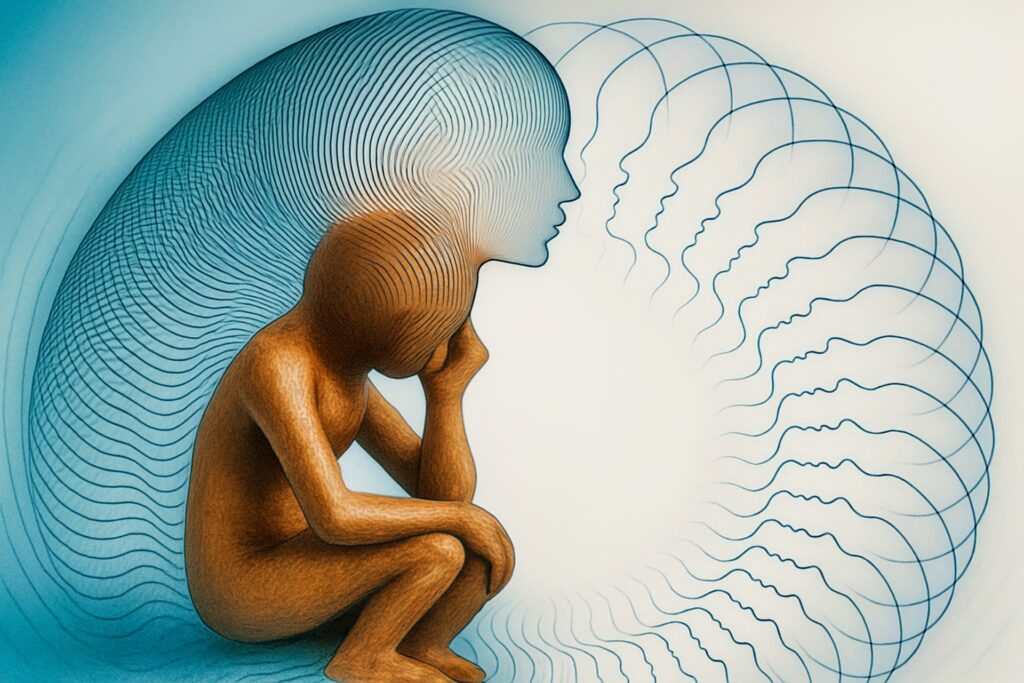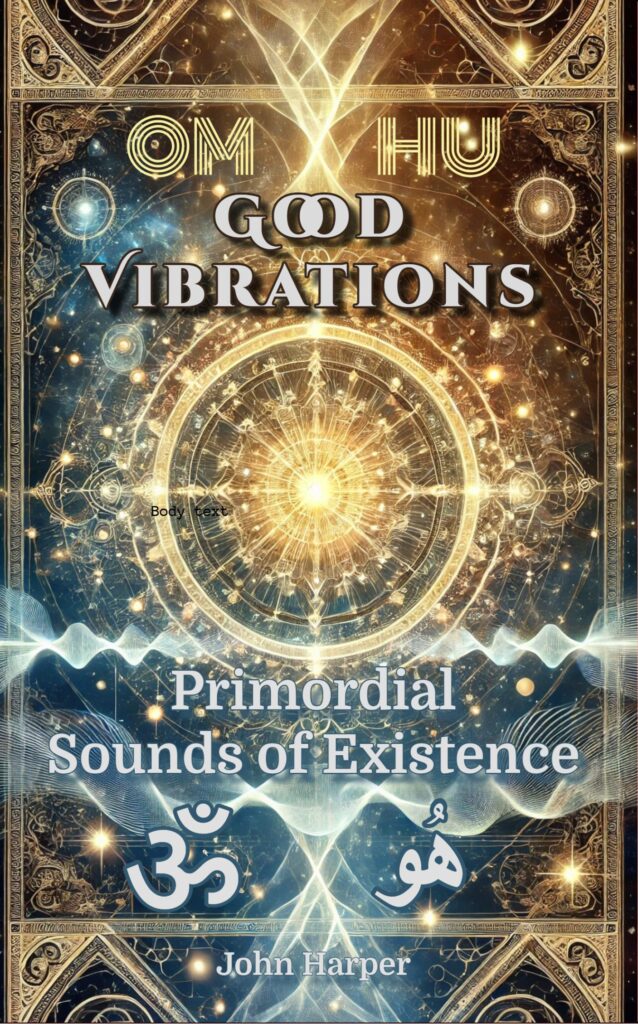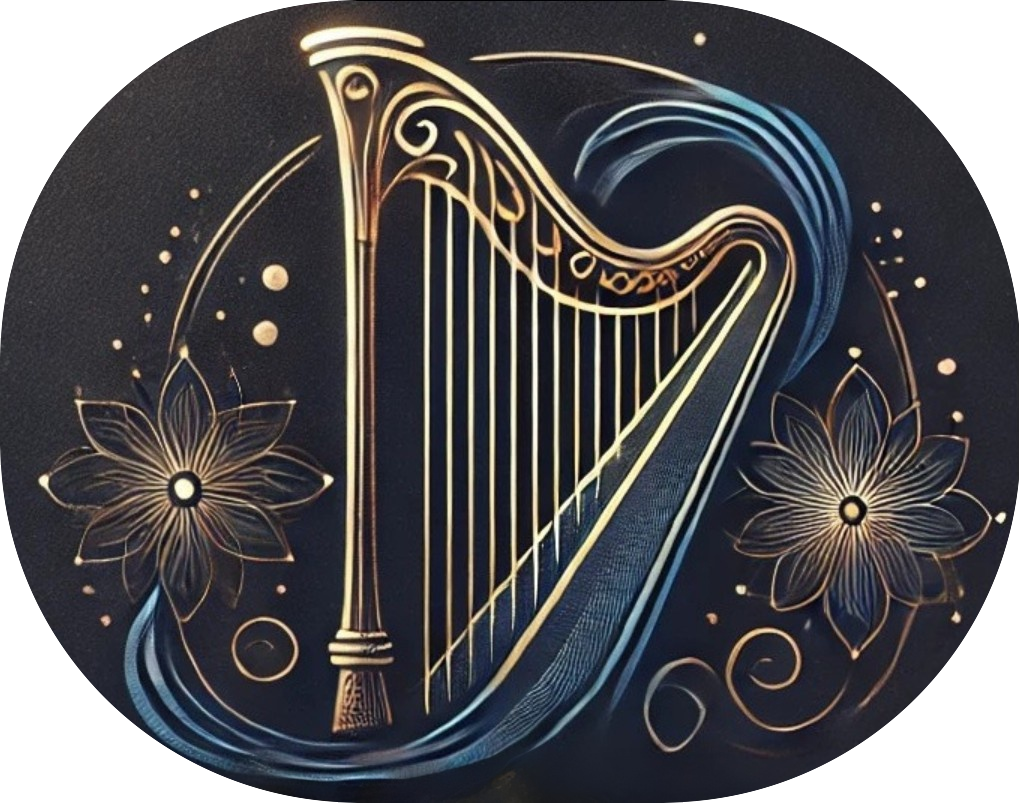How the brain’s hidden beat reflects the vibration of existence
I was reading that Neuroscientists have discovered a repeating rhythm that guides brain network activity, and something struck me.
The finding sounds clinical: brain networks cycle every 300 to 1,000 milliseconds. But linger with that for a moment. Your mind is not random sparks. It is a pulse. Thought is not a constant stream. It is a rhythm, an oscillation, a dance where memory, perception, planning, and attention take turns under an unseen conductor’s hand.
The brain’s rhythm
Every fraction of a second, networks rise and fall. The default mode, attention networks, sensorimotor loops — each has its moment in the rhythm, like voices in a choir. One fades, another enters. This is not noise but order. The brain’s hidden tempo is what prevents thought from collapsing into chaos.
What we call “thinking” is simply the play of these cycles. Thoughts arise when the rhythm reaches a phase that supports language or memory. They vanish as the cycle turns. The sense of “I” as thinker is added after the fact, a commentary on a music that is already being played.

The illusion of the thinker
We imagine that we choose thoughts. But neuroscience here suggests otherwise: thoughts appear because the cycle moves. The thinker is a byproduct, not the source. Like the echo after the drum, the “I” comes later.
This mirrors the contemplative insight shared across Buddhism, Sufism, and Advaita: the self is not the doer. Thoughts happen. They bloom and dissolve. The “I” that claims them is itself another ripple in the rhythm.
Quantum oscillation and collapse
Physics tells a parallel story. Reality itself is rhythmic. Particles exist in probability until the wave collapses into form. Potential becomes actual, then returns to potential. The universe breathes between being and becoming.
Could the brain’s repeating cycle be a microcosm of that universal oscillation? Each thought an instance of wave collapse — potential ripening into form, dissolving again into the field of possibility?
The primordial sound
Mystics have always spoken of a vibration beneath existence: OM, HU, the sound that is not sound. To chant is not to produce something new, but to align with what is already there. When we voice a mantra, we entrain ourselves to the hidden beat — the same rhythm the neuroscientists now find in the brain, the same oscillation physicists glimpse in the quantum field.
Sound is the bridge. Neuroscience reveals it in the brain. Physics reveals it in the cosmos. Mysticism reveals it in the heart. All point to vibration as the hidden architecture of reality.
Listening to the silence behind the beat
So the invitation is simple: listen. Not only to your thoughts, but to the rhythm that births them. Not only to the chant, but to the silence it emerges from. Behind the cycles of the brain, behind the oscillations of the quantum field, behind the mantras of the mystics, lies the same truth: existence is vibration, and we are its resonance.
An invitation

In Good Vibrations: The Primordial Sounds of Existence, I explore this mystery in depth — weaving neuroscience, sacred sound, and the quantum dance into a single thread. The book is not about knowledge but about resonance: the experience of vibration as the pulse of being itself.
The next time a thought arises, don’t ask, “What am I thinking?” Ask, “What rhythm is moving me now?” For perhaps it is not you thinking at all, but the primordial sound vibrating through the cosmos, briefly taking shape as you.
John Harper is a Diamond Approach® teacher, Enneagram guide, and student of human development whose work bridges psychology, spirituality, and deep experiential inquiry. His newest book, Nurturing Essence: A Compass for Essential Parenting, invites parents to discover the role essence plays in child development. He is also the author of The Enneagram World of the Child: Nurturing Resilience and Self-Compassion in Early Life and Good Vibrations: Primordial Sounds of Existence, available on Amazon.

